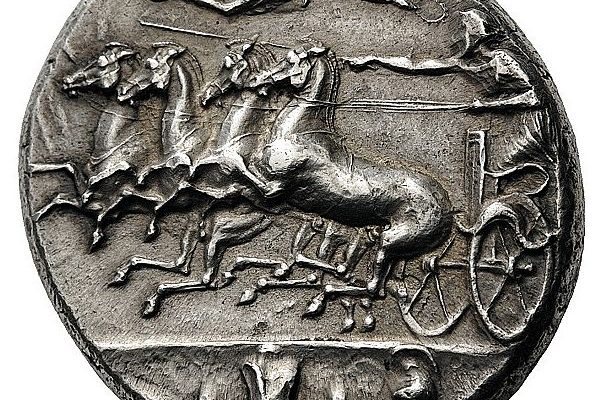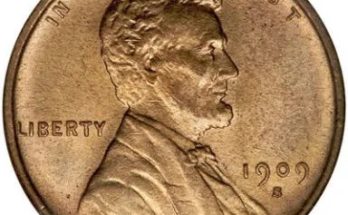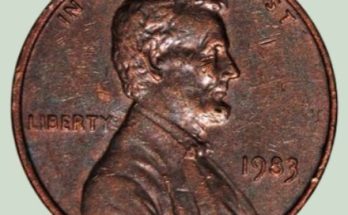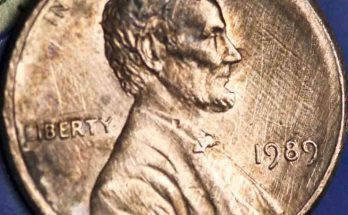The Rare Coin Market’s Rising Credibility
In 2011, gold hit nearly $1,900.00 an ounce and silver topped out at nearly $50.00 an ounce. Bullion (and older coins worth close to bullion value) were all the rage. You might remember the bold predictions some made about $5,000.00 gold and $250.00 silver, prices we were told would materialize in a year or two. Having been in the business for 20 years, I was more than a little skeptical: as it has turned out, the march to $5,000.00 gold has taken a little breather, to say the least. Silver, trading at just over $15.00 an ounce as of February 2016, also did not meet the overly optimistic predictions. While future inflation could certainly reverse this trend, and probably will, one major part of the precious metals market proved itself handsomely in the same time period.
Rare U.S. gold coins (and by “rare” I mean genuinely scarce, not just common date $20.00 gold pieces) have either gone up significantly or held their own nicely in the last five years, certainly in comparison to gold and silver bullion. Certified better grade 19th century coins of Carson City, New Orleans, Charlotte, and Dahlonega, Georgia deserve special mention. A position in coins like these would have significantly mitigated the losses investors saw in traditional bullion. As a result, the credibility of certified rare U.S. coins has risen a great deal, and far more people than before are anxious to add this important category to their portfolio.
But in the rush to add rare U.S. coins to the precious metals portfolio, do not ignore what may turn out to be an even more significant growth opportunity: certified coins of the ancient world. Today any person with a precious metals portfolio needs to ask, “Is it time to add ancient coins to the portfolio?
Is it time to add ancient coins to the portfolio?
Frankly, yes.
What was once the “Hobby of Kings” and mostly relegated to aristocrats and academics, history buffs and the extremely wealthy (who could afford to hire their own unbiased expert) has become far more accessible to non-experts, enthusiasts, and rational individuals diversifying their tangible asset holdings. What happened? Three major changes have occurred in the market which make ancient coins a crucial part of any portfolio.
NGC Ancients Grading
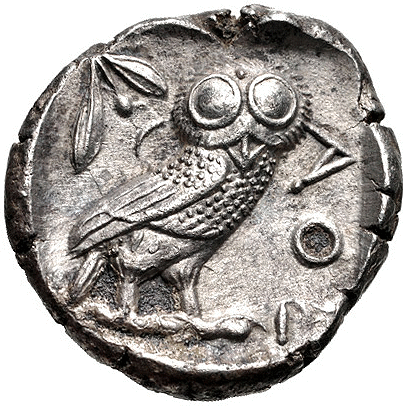 A few years ago, a world-respected U.S. and world coin grading company, Numismatic Guaranty Corporation (NGC) hired ancient coin expert David Vagi to develop and oversee a grading and certification program for ancient coins. No one had managed to do this properly with ancient coins in the past, partly because grading the condition of ancient coins involves so much more than a short description or numbering system. NGC Ancients and David Vagi managed to construct a grading protocol for encapsulation that was light years ahead of anything done before. This protocol includes identification, grading, and expert third party opinion on authenticity. The coin is then encapsulated in a sealed viewable holder with a certification number traceable online. If the coin is removed from the holder, the holder breaks, and the coin must be sent for re-certification. This certification by NGC takes much of the guesswork out of the buying and selling process for individuals who are not experts in ancient coins themselves. This fundamental change in how ancient coins are bought and sold has begun to drive demand for ancient coins in a way never seen before.
A few years ago, a world-respected U.S. and world coin grading company, Numismatic Guaranty Corporation (NGC) hired ancient coin expert David Vagi to develop and oversee a grading and certification program for ancient coins. No one had managed to do this properly with ancient coins in the past, partly because grading the condition of ancient coins involves so much more than a short description or numbering system. NGC Ancients and David Vagi managed to construct a grading protocol for encapsulation that was light years ahead of anything done before. This protocol includes identification, grading, and expert third party opinion on authenticity. The coin is then encapsulated in a sealed viewable holder with a certification number traceable online. If the coin is removed from the holder, the holder breaks, and the coin must be sent for re-certification. This certification by NGC takes much of the guesswork out of the buying and selling process for individuals who are not experts in ancient coins themselves. This fundamental change in how ancient coins are bought and sold has begun to drive demand for ancient coins in a way never seen before.
Increased Demand for Tangible and Treasure Assets
Now that distrust of electronic and paper assets has risen, more and more investors want private and tangible assets, especially assets that are portable and liquid.
Antique cars, fine art, and rare coins have all seen significant increases in value over the years, but of these rare coins are among the easiest to store with no maintenance or special environment required.
Gold and silver bullion, while certainly private and tangible, are subject to significant commodity fluctuations.
Because of this increased demand for rare coins, some of the rarest of U.S. coins have risen to hundreds of thousands or millions of dollars, putting them out of range of many investors. Ancient coins, since NGC certification is recent, have only just begun to have their day in the sun. Since many excellent coins are also surprisingly affordable, this makes them attractive to investors looking to add this category to their portfolio.
The worldwide appeal of ancient coins
Over the years, the market for rare U.S. coins has risen significantly, largely due to NGC and PCGS certification which began in the 1980s. But this market is mostly contained within the borders of the U.S.A. Coins of ancient Greece and Rome appeal not only to U.S. collectors and investors, but also to collectors and investors around the world.
One reason for this is that most people around the world are more familiar with the basics of ancient history than they are of U.S. history. Heck, it’s a good bet that even a yak herder in Tibet knows who Alexander the Great is, and it is likely that a coin minted under Alexander would have more meaning than a rare U.S. wheat cent!
For investors who like the idea of a world market, ancient coins just make sense.
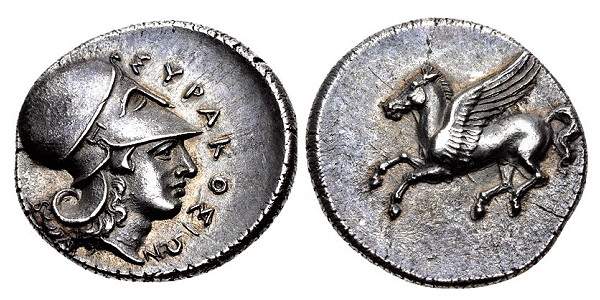
How to add ancient coins to your portfolio.
Now that we have answered the question “Is it time to add ancient coins to the portfolio” firmly in the affirmative, the next step is knowing how to proceed.
The only secure way to obtain these coins is to work through a knowledgeable numismatist. While certified ancient coins are available online or at various auctions, these places rarely tell you if the coin is good for the issue, has a historical reason to increase in value, or how it compares with other examples of the same coin. Choose a numismatist who is a member of the PNG (Professional Numismatists Guild), who has at least 20 years of experience in rare coins, and who has a good working knowledge of ancient history.
Since you are already reading this article, you really don’t have to search far, as I qualify on all three counts! Once we have agreed to work together, we will assess what portion of your portfolio you want to devote to certified ancient coins, and then we will select the right coins for your portfolio. It really is that simple. A good beginning for an ancient coin portfolio is $25,000.00, and some people will want to begin with much more. For others who do not yet have the wherewithal to begin with $25,000.00 but still want to acquire these coins a little at a time, some beautiful ancient Roman silver coins, fully certified, can cost just a few hundred dollars.
